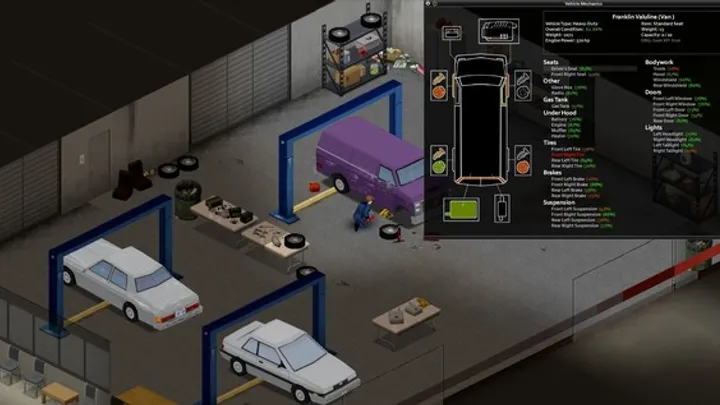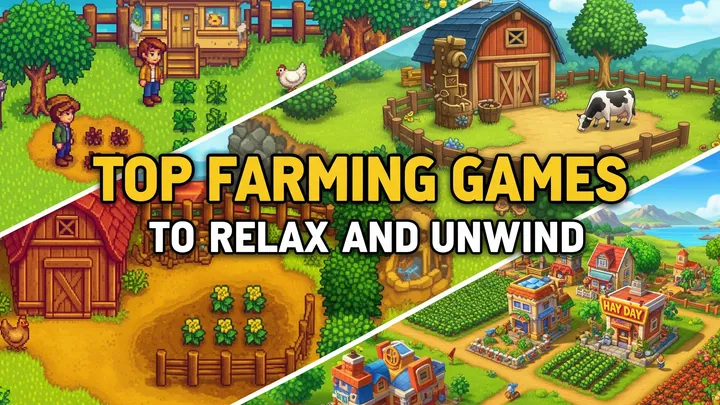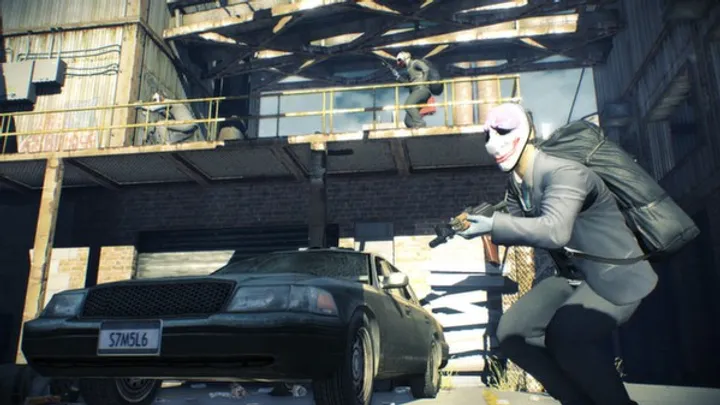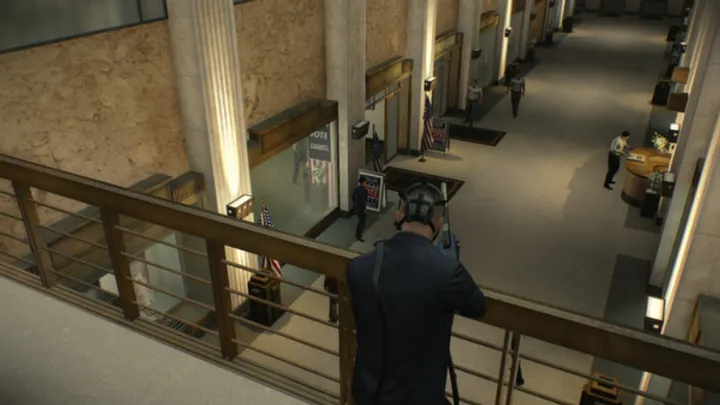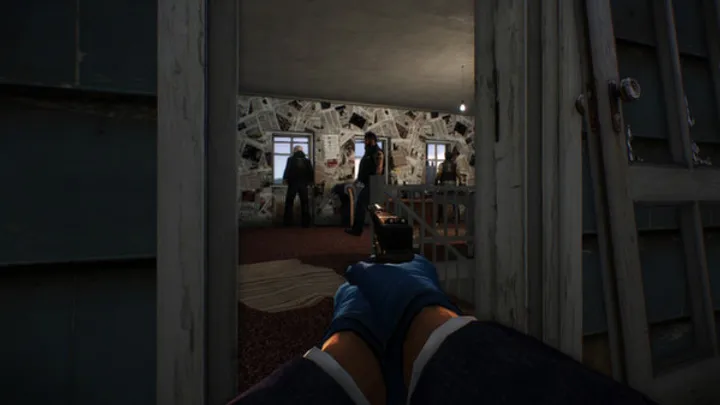Introduction
In the complex strategic environment of Shadowverse: Worlds Beyond, one mechanic stands out as both powerful and intricate: the evolve point economy. Unlike typical card battlers, Worlds Beyond allows players to evolve followers mid-game, granting stat boosts and bonus effects. Mastering how to manage, allocate, and plan around evolve points can turn the tide of a match—yet it remains one of the most misunderstood systems. This article offers a deep, focused exploration of the evolve point economy, breaking it down into ten chronological and thematic segments. Each thematic section includes two to three deeply analytical paragraphs that unpack timing, value, pacing, board control, synergy, tech, risk, and meta adaptation—an essential read for players seeking competitive mastery.
Evolve Point Generation and Allocation Timing
Shadowverse: Worlds Beyond introduces evolve points at predictable turns—generally starting from turn 4 for first player and turn 5 for second. Understanding this pace is crucial: every extra evolve point unlocked gives you access to powering up followers, and timing those matters deeply.
Expect your first evolve to happen on turn 4 as first player. That means your early turns should focus on board development and survival rather than trying to clutch early threats. Conversely, as second player, your first evolve drop on turn 5 slightly changes tempo: you need to balance early board setup with surviving the faster evolve access of your opponent.
Each subsequent turn grants another evolve point. So on turn 5 for first player (turn 6 for second), both might have two evolve points. Recognizing that the opponent’s evolve curve lags by one turn can inform aggressive or defensive planning, depending on your class and board state.
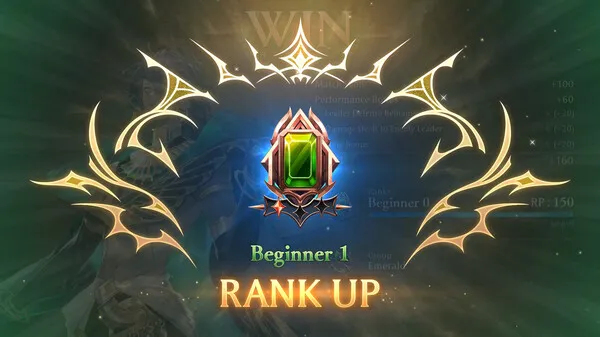
Quantifying Evolve Point Value vs Card Advantage
The evolve system trades resource allocation for immediate board plus follower effect. How much is it worth? Let’s think in terms of pure value: a follower’s +2/+2 stats plus effect can be compared to drawing a card worth two attack and two defense—plus effect value.
From a value standpoint, each evolve is approximately a tempo swing of one or two stat points per evolve point plus effect. For instance, evolving a follower that also draws a card or kills an enemy unit drastically ramps your effective card advantage. Compare evolving versus holding evolve points for later—timing is everything.
Yet there's an opportunity cost: evolving uses a precious resource that could be saved for a more impactful unit later. You should value evolving early for tempo versus saving for a late-game finisher cautiously. This balancing act is the core of evolve economy strategy.
Early Game Evolve – Tempo Control vs Overcommitment
Evolving in early turns (4 or 5) is often aimed at seizing tempo. A well-timed evolve can wipe out enemy board, stabilize defense, or threaten lethal on a wonky board state.
Take an example: you play a 3‑cost follower with an on‑evolve effect that removes an opponent’s minion, then evolve it. You gain removal plus stats boost—often enough to swing early board control. But be careful: if you overcommit by evolving too many followers in early turns, you may run out of evolve budget for later survival bursts or finishers.
Early game evolve should target high-impact trades. Save low-impact evolves for later turns where balanced board stability matters more than single-turn breakthrough.
Mid-Game Allocation: Prioritizing Impact Followers
In mid-game (turns 6 to 8), evolve points become more flexible. You may have two or three evolve points depending on playing order and previous usage. Now, the right targets for evolve shift from stabilizing to maximizing value.
Mid-game evolve candidates include followers with on‑evolve draw effects, conditional buffs, or board-wide impacts. These are often found in Runecraft, where evolving a spell‑boost follower might fetch more cards, or Dragoncraft where evolving a ramp follower secures late-game power.
Prioritize evolving followers whose effects escalate board presence or resource chain. Save simple stat‑boost evolves for followers that naturally gain incremental value over turns—for instance, Forestcraft tokens that snowball.
Late Game: Evolve as Finishers or Catch-Up Tools
In the late game (turns 9+), evolve points are rare but high-impact. You may have only one or two points remaining, and each must count toward either lethal push or survival.
If you’re ahead, evolving a finisher like a big dragon or follower with storm/charge effect can close the game. If behind, evolve may serve as reset—board clears, healing, or draw. Knowing which class followers have late-game prowess when evolved is key: Havencraft amulets evolving into finishers, Bloodcraft self-damage synergized survives via evolve, etc.
Understanding which evolve-targeted followers shape the late game and saving your last evolve points for those grateful turns often marks high-level play.
Synergy Between Evolve and Class Mechanics
Every class interacts uniquely with evolve points. The synergy between your class theme and evolve usage magnifies the point economy.
Take Runecraft: evolving spell‑boost followers can massively chain card draw. Forestcraft: evolving tokens amplifies damage spread, since each token gains +2/+2. Dragoncraft: evolving ramp followers pushes PP and board threat. Each class design invites different strategic evolve timing—learn your class’s evolve linchpin cards.
Recognizing your class-specific high-value evolve targets enables you to manage evolve points not as generic boosts but as synchronized levers for deck synergy. Otherwise, you waste resource potential.
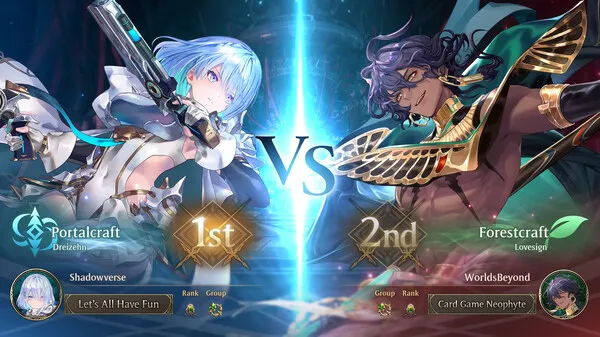 Evolve Point as a Resource Denial Tool
Evolve Point as a Resource Denial Tool
Evolve management isn't just about your own plays—it’s also about denying the opponent. For instance, sometimes it’s better to evolve a board-wide effect follower early to ensure your opponent cannot overextend, rather than save evolve for your own big turn.
Imagine you have only one evolve left and the opponent floods the board. Evolving a board-clear follower prevents them from accumulating a lethal board. This denial tactic highlights evolve point as both offense and defense.
Similarly, knowing that your opponent will have an evolve on next turn can allow you to force them into poor trades—anticipate and counter-play evolve threats by spacing your board accordingly.
Tech Cards That Interact with Evolve Economy
Some cards provide interactions specifically with evolve mechanics—either by granting evolve points or penalizing evolved followers. Understanding these tech cards shifts your evolve economy.
For example, cards that discard evolve-enhanced followers (like silence or banish) punish dependency on evolve. Awareness of tech choices like Ward or immunity can protect your evolved units. Plus, there are cards such as evolving-gain followers or evolve-dependent removal tools—crafting decks with those allows alternative economy builds.
Include anti‑evolve tech depending on meta—if your opponents rely heavily on evolves, Ward mirroring or removal that ignores evolve bonuses let you level the playing field.
Meta Evolution: Adapting Evolve Strategies Over Patches
The meta in Worlds Beyond continuously evolves. With each expansion, new followers and evolve-heavy archetypes emerge. Your evolve point economy strategy must evolve too.
For instance, an expansion may introduce cheap followers with powerful on‑evolve draw, incentivizing early evolve rush meta. Alternatively, rotate in counters like evolve-targeting removal or evolve-suppress hinder. Study patch notes and tier lists to determine how strongly evolve-focused decks dominate; adjust your own evolve planning accordingly.
Remember, evolve economy mastery includes meta-awareness—knowing when to pivot from heavy evolve use to conservative allocation, or when to tech against evolve-centric strategies.
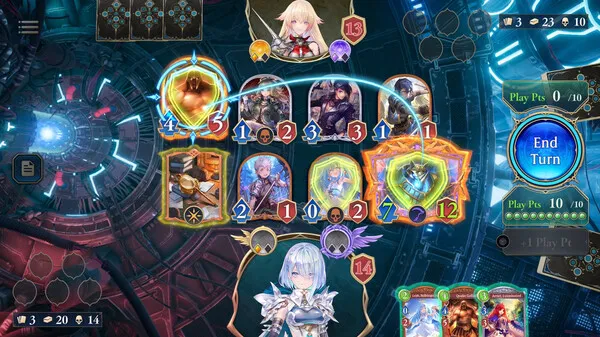
Conclusion
Deep mastery of Shadowverse: Worlds Beyond requires more than knowing when to play cards—it demands understanding how and when to use your evolve points. The evolve point economy permeates every phase of the game: early tempo, mid-game value, late-game finish, class synergy, meta adaptation, and even opponent disruption. By diving into timing, value quantification, synergy, tech, and meta shifts, you gain a competitive edge that sets you apart from casual players. Now armed with a complete evolve-focused framework, you can refine your decks and match decisions toward fluid mastery of this critical resource.









